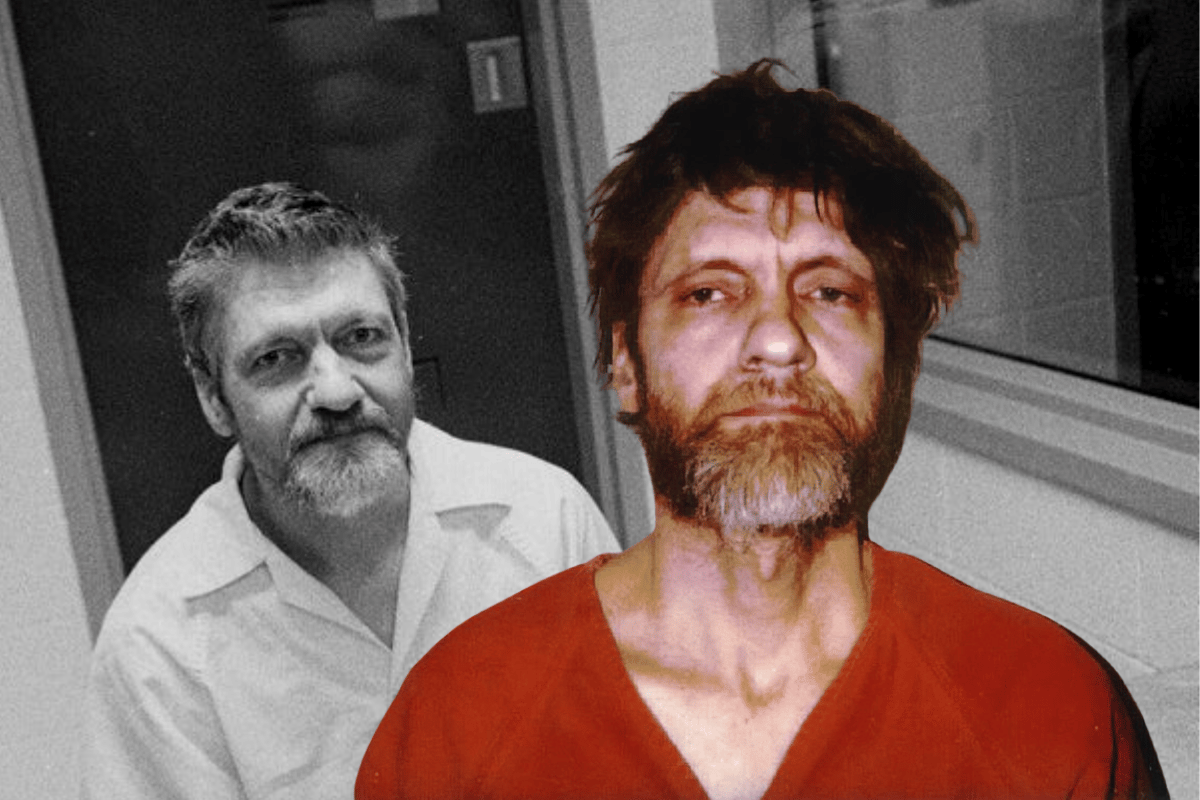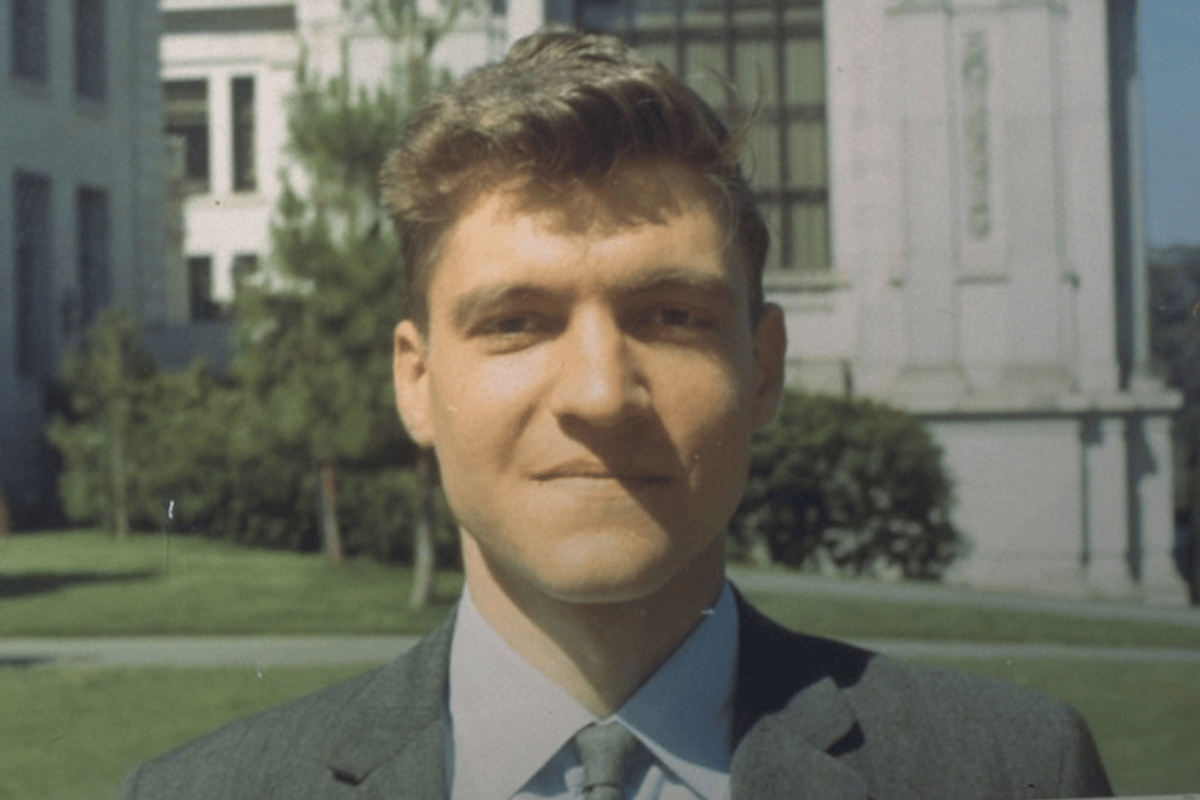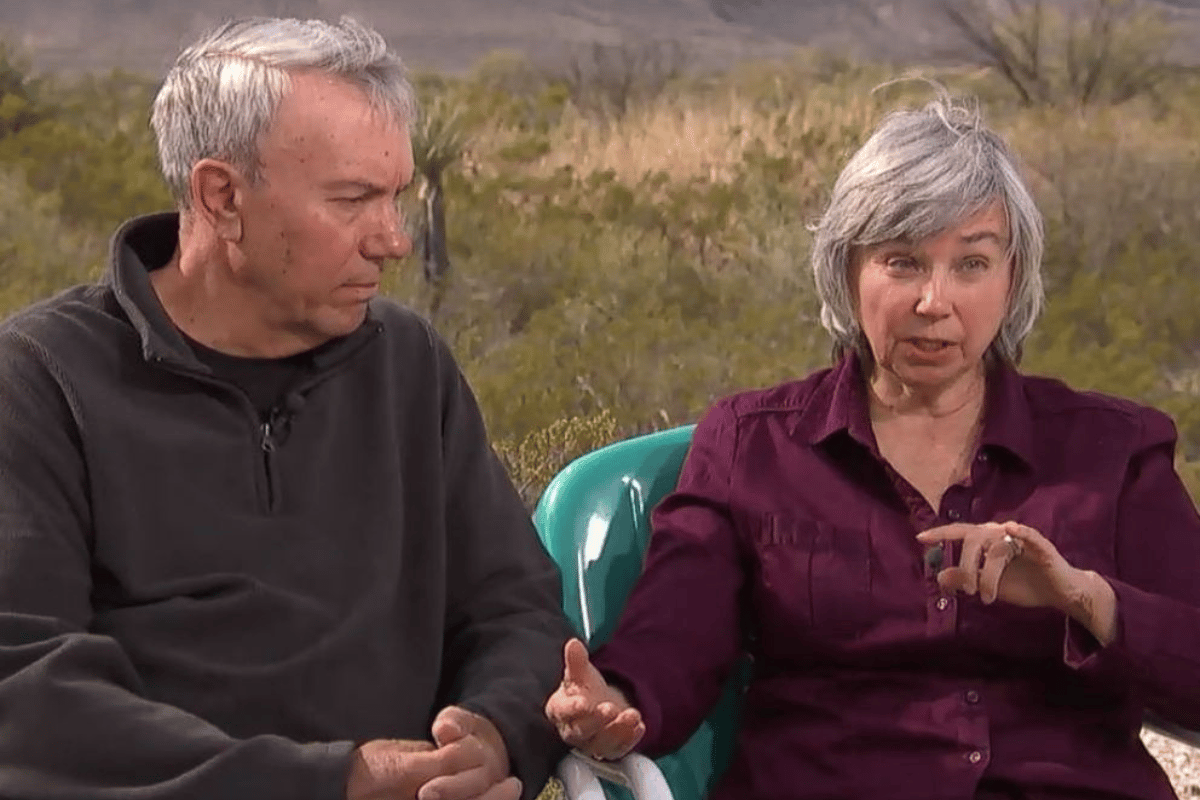
Content warning: This post includes a mention of suicide that may be distressing to some readers.
These were the attacks that kept America on edge for 17 years.
Between 1978 and 1995, the 'Unabomber' killed three people and injured 23 more during a mass mail-bombing, terrorism spree.
For the FBI, catching the Unabomber was one of their longest-running investigations, saying it took a team of 150 full-time investigators and analysts to find the man behind it – Theodore 'Ted' Kaczynski.
Detectives say it was a tip-off from Kaczynski's brother that was the Unabomber's ultimate undoing.
Watch the trailer for Unabomber: In his own words. Post continues below.
In 1978, the attacks began.
A passerby found a package – addressed and stamped – in a parking lot at the University of Illinois, Chicago Circle Campus. The package was returned to the person listed on the return address, Northwestern University Professor Buckley Crist, Jr. He did not recognise the package and called campus security. The package exploded upon opening and injured the security officer.


